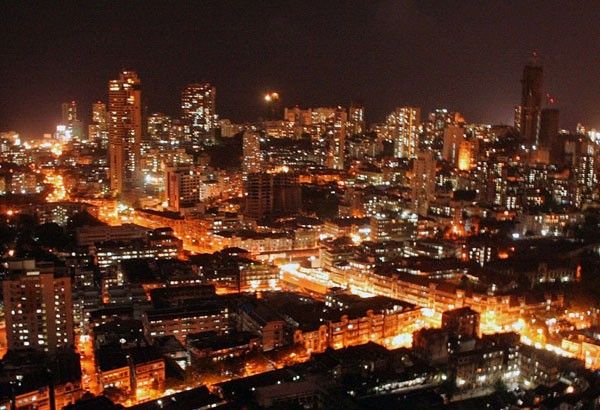Philippines can be upper middle-income nation by 2019 — NEDA

MANILA, Philippines — The Philippines can become an upper middle-income country by end-2019, with economic growth poised to clock faster driven by the Duterte administration's ambitious infrastructure program, the country's socioeconomic planning agency said.
According to a report by the National Economic and Development Authority released Tuesday, the Philippines could reach the upper middle-income standard definition of just below $4,000 (around P208,178) income per person, earlier than the initial target of 2022.
The country's strong economic growth performance in 2017 enabled the Philippines to achieve gross national income per capita growth rate of 4.8 percent, higher than the target of 4.5 percent, NEDA said.
In a press conference, NEDA Undersecretary of Policy and Planning Rosemarie Edillon said President Rodrigo Duterte's plan to spend some P8 trillion to upgrade the country's dilapidated infrastructure and aging ports “will really propel our economic growth even faster.”
“The implication for that is it means that our vision of being a high-income country by 2040 is really within reach,” Edillon said.
The government aims to spend P8.4 trillion in infrastructure until 2022 to boost economic growth to 7-8 percent starting this year.
The country’s gross domestic product—or the value of all finished goods and services produced in the country—grew 6.7 percent in 2017, slower than 2016’s 6.9 percent but still within the government’s 6.5-7.5 percent target range for the year.
On Monday, Moody’s Investors Service said the economy, which has been expanding above 6 percent while the currency is weakening, is far from overheating.
Separately, analysts at First Metro Investment Corp. and the University of Asia and the Pacific said a construction boom, among others, likely helped the economy grow more than 7 percent in the first quarter of 2018.
The Philippine Statistics Authority is scheduled to release the first-quarter GDP data hours ahead of the Bangko Sentral ng Pilipinas’ third monetary policy meeting for 2018 on May 10.
Challenges ahead
Despite NEDA’s sanguine outlook for the country’s economy, Edillon said making sure that growth is inclusive remains a challenge.
While data on last year’s poverty incidence are yet to be released, there are indications that the 2017 figures are better than in 2015, although this target may be at risk in 2018 if inflationary pressures are not addressed “effectively and immediately,” NEDA said.
Meanwhile, government data show unemployment rate was at 5.7 percent last year, higher than the 5.5 percent jobless rate posted in 2016 and was behind the 5.1 to 5.4 percent goal set for the year.
Youth unemployment rate for 2017 is at 14.4 percent, short of the 11.0 percent goal.
“Employment creation remains a challenge as there were around 663,243 net employment losses in 2017, far from the target of increasing employment by 900,000 to 1.1 million per year,” NEDA said in its report.
- Latest
- Trending































